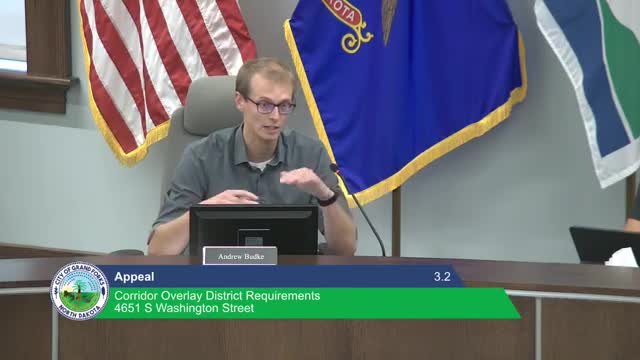Community debates design flaws in new Starbucks project
September 12, 2024 | Grand Forks, Grand Forks County, North Dakota
Thanks to Scribe from Workplace AI , all articles about North Dakota are free for you to enjoy throughout 2025!

This article was created by AI using a video recording of the meeting. It summarizes the key points discussed, but for full details and context, please refer to the video of the full meeting. Link to Full Meeting
One official pointed out that the current design prioritizes automobile access, resulting in a layout that obscures the building's front from the main thoroughfare. This has raised questions about the effectiveness of existing land use policies, with some officials arguing that the project reflects a broader issue of dissonant planning strategies.
Concerns were also raised about the building's facade, particularly regarding the use of transparent windows. Officials debated whether the design should include actual windows or if spandrel panels—non-functional facades—would suffice. One official noted that if the current design is not approved, the developers might resort to installing fake windows, which would detract from the building's aesthetic appeal.
The discussion underscored the importance of adhering to corridor overlay policies aimed at preventing unattractive developments. Some officials expressed disappointment that construction had already begun without a clear resolution on these design elements, emphasizing the need for a cohesive approach to future developments in the area.
Overall, the meeting highlighted the challenges of balancing functional design with aesthetic considerations in urban planning, as officials grappled with the implications of the Starbucks project for the surrounding community.
Converted from Planning and Zoning Commission meeting on September 12, 2024
Link to Full Meeting
Comments
View full meeting
This article is based on a recent meeting—watch the full video and explore the complete transcript for deeper insights into the discussion.
View full meeting
